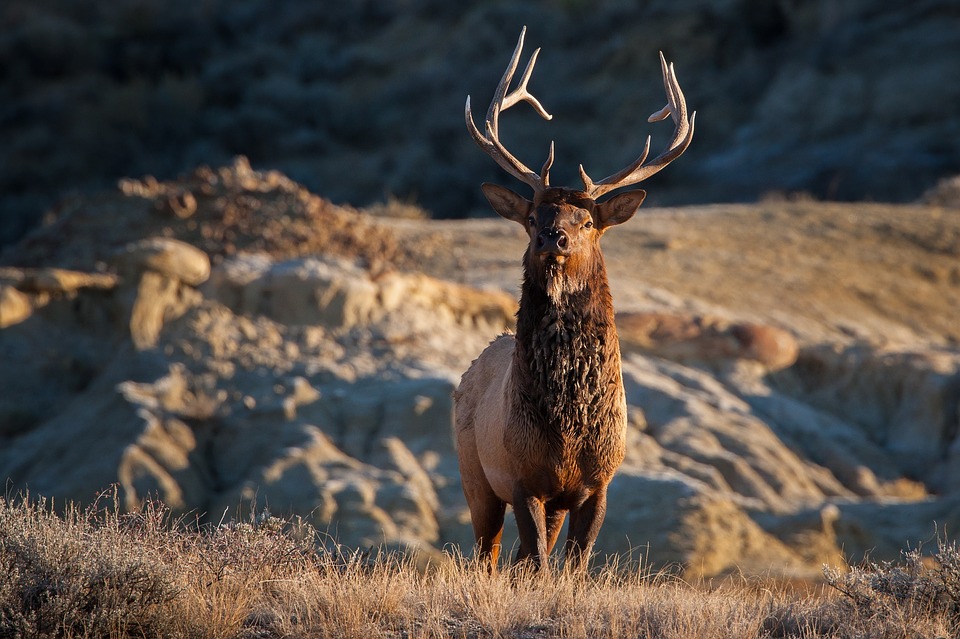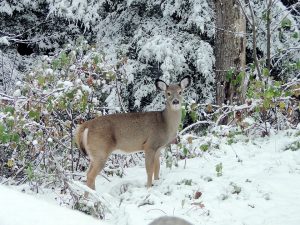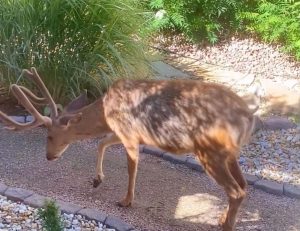Results from the recently released elk survey conducted by the Northern Yellowstone Wildlife Working Group displayed promising results for elk in Yellowstone National Park’s northern range.
Marking an increase of nine percent from last year’s numbers, state, and federal wildlife biologists counted 5,349 elk in the region. The promising results indicate a stable population in an area that has experienced long-term declines in elk numbers for the past 20-25 years.
“We’ve come up from that low point and the last three years the herd has seemed to be pretty stable,” said Karen Loveless, an area biologist for Montana Fish, Wildlife and Parks told the Bozeman Daily Chronicle.
Although considered a minimum count, the population is at the highest levels biologists have seen since 2010 and they believe that there could be as much as 30 percent more elk in the region that they were simply unable to count.
The low point of the area’s elk population came in 2013, which was the very same year wolves were reintroduced into the region. While biologists are careful not to put too much emphasis on the presence of wolves, they have definitely noted a direct correlation between the two species and their respected population levels.
“We do know wolf numbers are lower than what they were,” Loveless said. “We might be at a point of better equilibrium between the wolves and the elk.”
Additionally, biologists made note of the fact that in addition to wolves, the elk in the region also face threats from cougars and bears, which with all things considered, is an amazing indication of the overall health of the current population of elk in Northern Yellowstone.
The report also found that the behavior of the animals is changing as larger portions of the population are migrating into neighboring Montana. In fact, close to 90 percent of the elk were spotted outside of the park, the highest number seen out of the park’s borders since 2002.
“Things have flip-flopped,” Yellowstone biologist Doug Smith said. “A lot more elk used to winter in Yellowstone.”
Why the elk are leaving the park in droves still remains a mystery to researchers and biologists, considering that the winter conditions in the area have not been terrible for wildlife so far this year.




